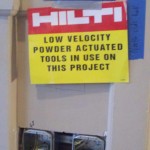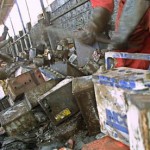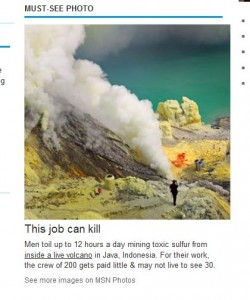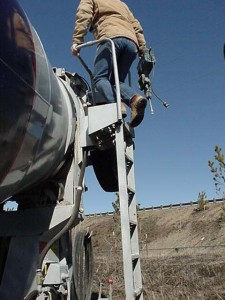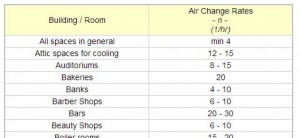Wed 31 Oct 2012
OSHA Health Inspection – the aftermath
Posted by admin under Admin Controls, Air Monitoring, Dust, Engineering Controls, Exposure, Federal OSHA, Hazard Communication, industrial hygienist, Management, OSHA, PEL (Perm Exp Limit), Personal Protective Equip (PPE), Safety Policies, Safety Programs, Training, TWA
Comments Off on OSHA Health Inspection – the aftermath
Background: A new client recently had an OSHA health inspection (industrial hygiene). He received citations stemming from overexposures(they found levels above the PELs) to airborne particulates.
The company wondered what to do next. Here were my suggestions:
- Fix the problem. You will need to comply and assure that your employees aren’t overexposed. Even if the inspection made you upset, use your energy to make the situation right. Focus your energy on removing the hazard, not complaining about how you were treated.
- Engineer the problem out. Remove the hazard. If not,
- Change your policies so no one is further overexposed. If you can’t fix it by the this, or the above method, then,
- Provide personal protective equipment to affected employees.
- Request the full inspection package. – this will include the officer’s field notes, interview questions, observations and sampling methodology.
- look through these documents carefully
- keep them for your records
- Â Informally appeal the citations.
- at the appeal show them you have complied/changed
- ask for a reduction in fines (it never hurts to ask)
- ask to group the citations together – instead of citation 1 item 1a, 1b, item 2, etc. ask to narrow it down to just one
- bring any additional information which supports your side and/or the changes you’ve made (including training docs, programs, policies, etc.)
- Resample the areas.
- make significant changes to these areas. Then,
- hire an industrial hygienist to perform additional sampling in these areas
- ask them to document the changes you have made to reduce the exposures
- review this with your safety committee & those affected
